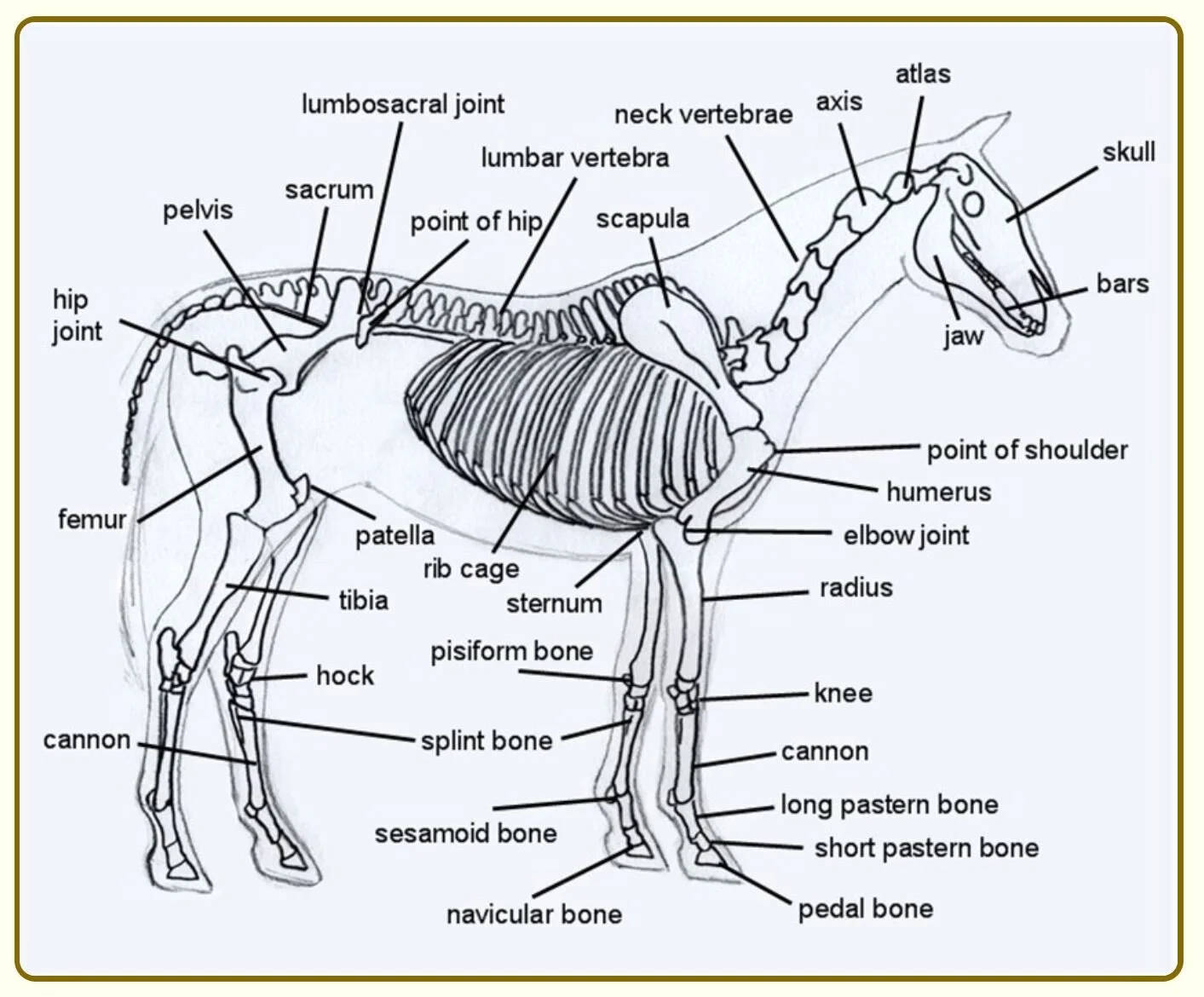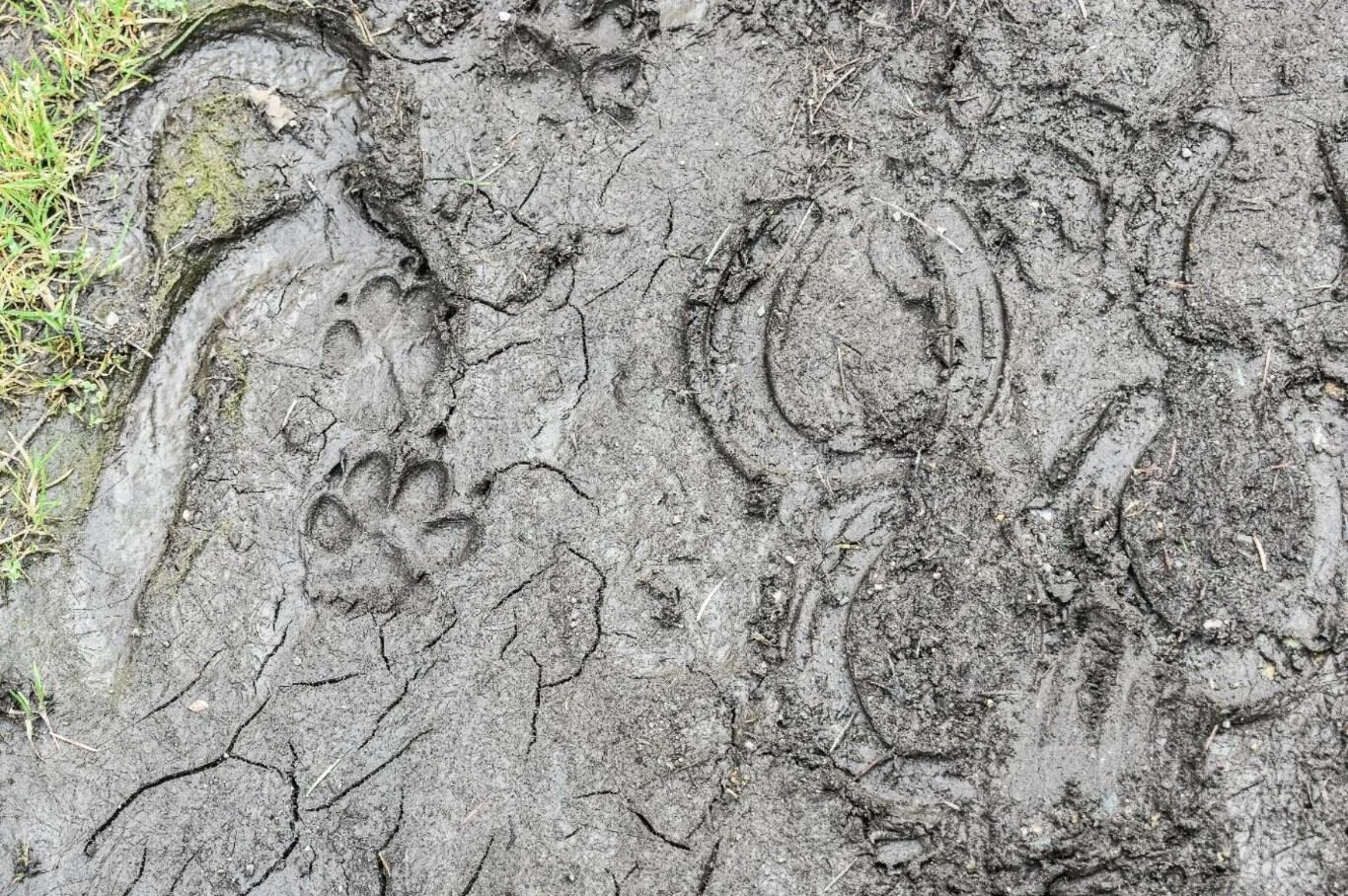One of the many reasons why Bridle Trails State Park is unique is right in its name – naturalists, walkers, and runners share the trails with horseback riders.
Horseback riders were the citizens who lobbied to have the park created in the 1930s and their continued advocacy led to members of the Lake Washington Saddle Club initiating the formation of the Bridle Trails Park Foundation in 2002.
A large herbivore, the horse shares an ancient relationship with humans. Horses actually evolved in North America, went extinct about 10,000 years ago, then were reintroduced by the Spaniards. Historians and scientists believe that the horse was domesticated about 4.000 to 5,500 years ago. Horses are prey or flight animals meaning they will run from predators. The main goal of the horse is to survive. The eyes of flight animals are located on the sides of their head so they can see 350 degrees around them always keeping watch for danger. They live in herds and if one starts running, the rest of the herd will run.
Terminology
Mare: mature female horse
Stallion: mature male horse for breeding (stud)
Gelding: mature male horse that cannot reproduce (castrated)
Foals: young horses
Filly: young female horse
Colt: young male horse
There are three types of foot posture in mammals:
Plantigrade: the whole surface of the foot touches the ground (humans, baboon, bear)
Digitigrade: only the toes and fingers (phalanges) touch the ground (cats, dogs)
Unguligrade: tip of one or two digits (nails) touch the ground (horse, deer)
Since horses are ungulates with hooves, they have evolved to walk essentially on the tips of their toes, or toenails – a specialization of running animals. Horseshoes were created to protect the horses’ feet from wear.
This is a print you may see while walking along the trails in the park.
Horses in Bridle Trails State Park
Horses can be seen on trails and in the many horse shows in the showgrounds, most sponsored by the Lake Washington Saddle Club. While walking in the park, it is important to remember that horses have the right-of-way. Because of safety concerns, dogs must be on leash, and bicycles, one-wheels, hover-boards, unicycles, and scooters are not allowed in the park. When you encounter a horse on the trail, you need to step to the side (or off, depending on how wide the trail is) and make yourself known, but do not hide behind a tree! For example, if you are running with headphones in, you need to call out which direction you are going (such as “on your right”), slow down, and then go to the side of the trail with a wide enough space between you and the horse so that it does not spook. If you have dogs, keep them to the side of (or off) the trail and under control when a horse comes by.
More information:
Check out our “All About Equines” VLOG with videos here.
Check out these videos from Fieldstrong Farm to learn more about horses.
Learn how to draw a horse here.
Photo credits: Britannica, Equinespot, Jim Urquhart, H. Rutherford, C. Boyd.



